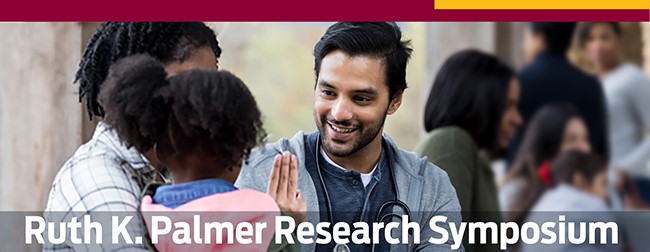Credentials of Corresponding Author
DNP, FNP-C, ENP-C
Name of Faculty Advisor
Eric Roberts
Nature and scope of the project
The purpose of this project was to implement the Schmid fall risk assessment scale in addition to multi-disciplinary education, fall risk identification and hourly rounding in the Glenbrook emergency department (ED).
Synthesis and analysis of supporting literature
Falls are the leading cause of injury among older adults and cost more than 31 billion dollars in Medicare costs (Centers of Disease Control, 2017). Between 2007 and 2016, the overall rate of deaths in older adults because of a fall increased 31% (Burns & Kakara, 2018). Implementation of a concise, reliable, and valid ED fall risk-screening tool is imperative to quickly and accurately identify elderly patients who are at greatest risk for falls.
Project implementation
Multidisciplinary geriatric fall risk education via an on-line learning platform prior to implementation of the Schmidt fall risk assessment scale. A geriatric fall template was available in the electronic medical record (EMR). The ED RN was asked to complete the Schmid in the triage navigator and after administration of high-risk medications. If the patient was identified as a high fall risk, hourly rounding by the patient care technicians ensued.
Evaluation criteria
Evaluation criteria included compliance rate with completion of fall risk education, completion of the Schmid scale at triage and after administration of a high risk medication, and documentation of hourly rounding on patients designated as “high fall risk”.
Outcomes
On-line learning education completion rate was 92%. In-person rounding training rate was 92%. Schmid scale completion rate for the first month was 37%, and 31% for the second and third month. Completion data of the Schmid tool after the administration of a high-risk medication while in the ED was not obtainable. Rounding rate for high fall risk patients was 64% during the first month, and 55% for the second and third months. The geriatric trauma smart text was accessed a total of nine times during the project time frame.
Recommendations
The Coronavirus pandemic affected the conduct of this project. Lessons learned include the importance of consideration of the demographics of the local ED patient population in choosing a specific fall risk tool and the placement of the tool within the ED workflow.
An Evidence Based Falls Risk Reduction Program in the Glenbrook Emergency Department


